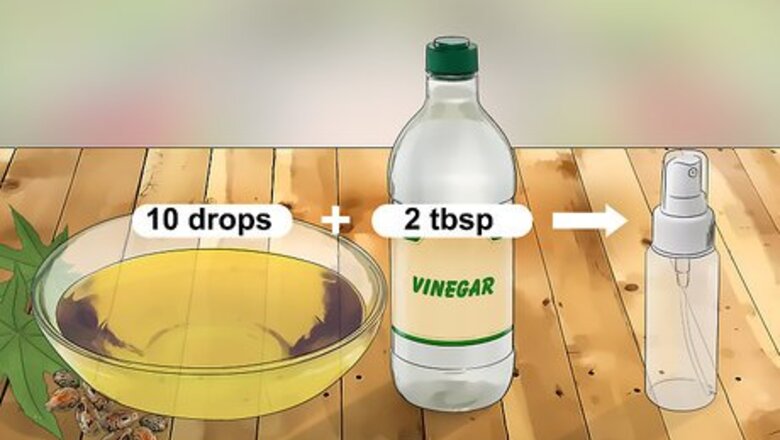
views
Making or Buying Castor Oil Insect Repellent
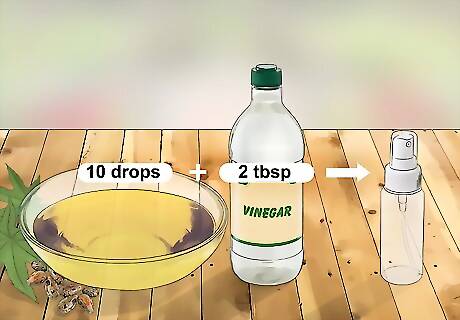
Mix castor oil with a carrier. Mix 10 drops of castor oil with two tablespoons of a carrier like olive oil, rubbing alcohol, sunflower oil, vodka, vinegar, or witch hazel. Pour the solution into a spray bottle and use it to coat your arms, legs, and other exposed areas in order to repel insects. When creating a homemade insect repellent with castor oil, the final product should contain no more than 5-10% castor oil. The rest of the solution should be rubbing alcohol or a carrier oil. You could also use water as a carrier. Just mix 1.5 tablespoons of water with one teaspoon of castor oil, 10 drops of lemongrass essential oil, 10 drops of thyme essential oil, and five drops of geranium essential oil. Pour the mixture in a small spray bottle and shake before using.
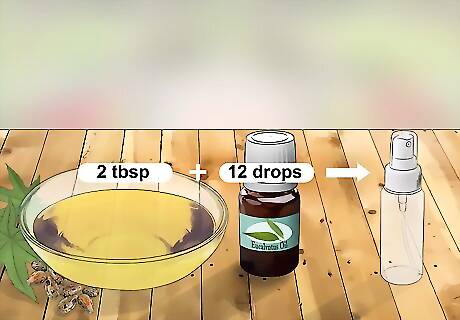
Use castor oil as a carrier. Castor oil itself can function as a carrier oil. Combine one fluid ounce (two tablespoons) of castor oil with 10 to 12 drops of an essential oil of your choice. Pour the mixture into a spray bottle, shake it just before use, then spray it on the exposed areas you wish to protect from insects. The essential oil you choose to utilize will impact how useful the insect repellent is. For instance, you might use: lavender essential oil, which repels ticks neem essential oil, which repels mosquitoes lemongrass essential oil, which repels ticks and fleas citronella essential oil, which repels biting flies and mosquitoes

Obtain a prepackaged insect repellent that contains castor oil. Many artisanal insect repellents contain castor oil. Use castor oil as an insect repellent by obtaining such a product at your local natural food store or online. Specific directions for use vary. Generally, however, you will simply spray or dab the premade product on the exposed area of your skin in order to dissuade insects from bothering you. Always read manufacturer directions before using a bottled or prepackaged insect repellent.
Wearing Repellent Safely

Apply insect repellent as needed. Under normal conditions, you’ll probably have to reapply your repellent after about an hour. Alternately, if insects start buzzing about you, you’ll know it’s time to reapply your castor oil-based insect repellent. Always reapply castor oil-based insect repellent after swimming or exercise.
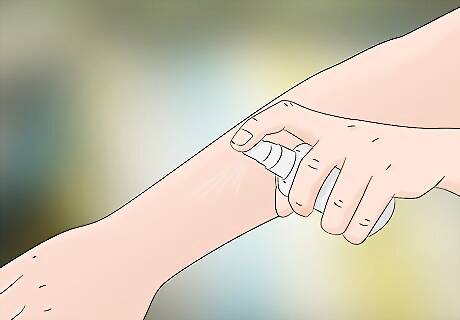
Use insect repellents on exposed skin and/or clothing. Do not apply repellents beneath clothing. Doing so could lead to overexposure or over-absorption of the repellent’s active ingredients. For the same reason, do not use castor oil as an insect repellent on cuts, wounds, or areas of irritated skin.
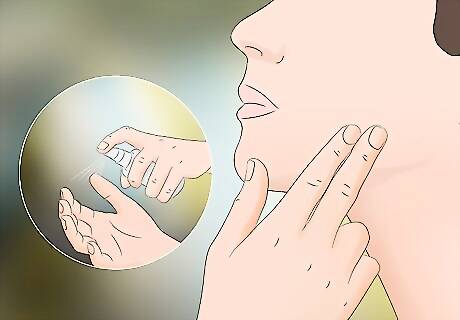
Use care when applying insect repellent to your face. Do not spray your insect repellent directly on your face. If you wish to apply an insect repellent to your face, spray a bit onto your hand, then wipe your hand across the area you wish to protect from insects. Additionally, never apply insect repellents to the eyes or mouth.
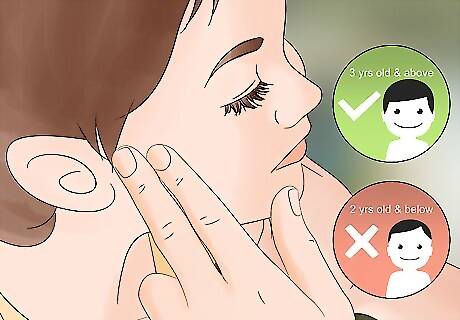
Take care when using castor oil as an insect repellent with young children. Castor oil is a purgative and can cause diarrhea and dehydration. Therefore, children younger than three years old, children who might rub their eyes, children who might lick their skin (where the repellent has been applied), and children who might put their hands in their mouths should not be sprayed with a castor oil-based insect repellent. Use castor oil as an insect repellent sparingly on older children, too. Spray a bit of the insect repellent on your hands, then apply it carefully to your child’s face. Wash your hands afterwards. Do not apply the insect repellent to your child’s hands, because children often place their hands in their mouths and eyes.
Using Castor Oil Repellent at Home

Apply castor oil-based flea and tick spray to your pet. Castor oil can keep bugs off your dog or cat as well as it can keep them off you. There are a number of commercially available products designed to do just that. Specific directions for use vary depending on the product you select for your pet. Generally, though, you will aim the can of flea and tick spray at your dog’s coat, then pull the bottle's handle to apply the protective flea and tick spray. In some cases, it might be enough to simply spray your pet’s collar before taking them outside. If your pet is sensitive to oils or has a medical condition, consult your vet before using a castor oil-based flea and tick spray. Consult manufacturer directions before using a castor oil-based flea and tick spray.
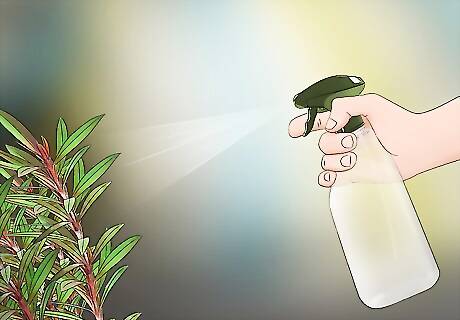
Spray castor oil in your garden. Castor oil can keep insects away from your garden. Fill a spray bottle with castor oil. Spray your plants with castor oil. Apply the castor oil to the areas of the garden you wish to protect from insects. Reapply when you begin to see insects in your garden again, or when it rains. This spray will also discourage raccoons and moles from wandering about your garden. Don’t bother trying to ward off bugs around your house or garden by planting castor oil plants. The plants are ineffective at discouraging insects.

Keep insects out of your home. Pour some castor oil into a diffuser. Place the diffuser in the room where you’re experiencing an insect infestation. The diffuser will spray the castor oil intermittently, discouraging bugs from entering the area. Depending on the diffuser you use, you might have to add water as well as castor oil. Consult manufacturer directions for more information.


















Comments
0 comment